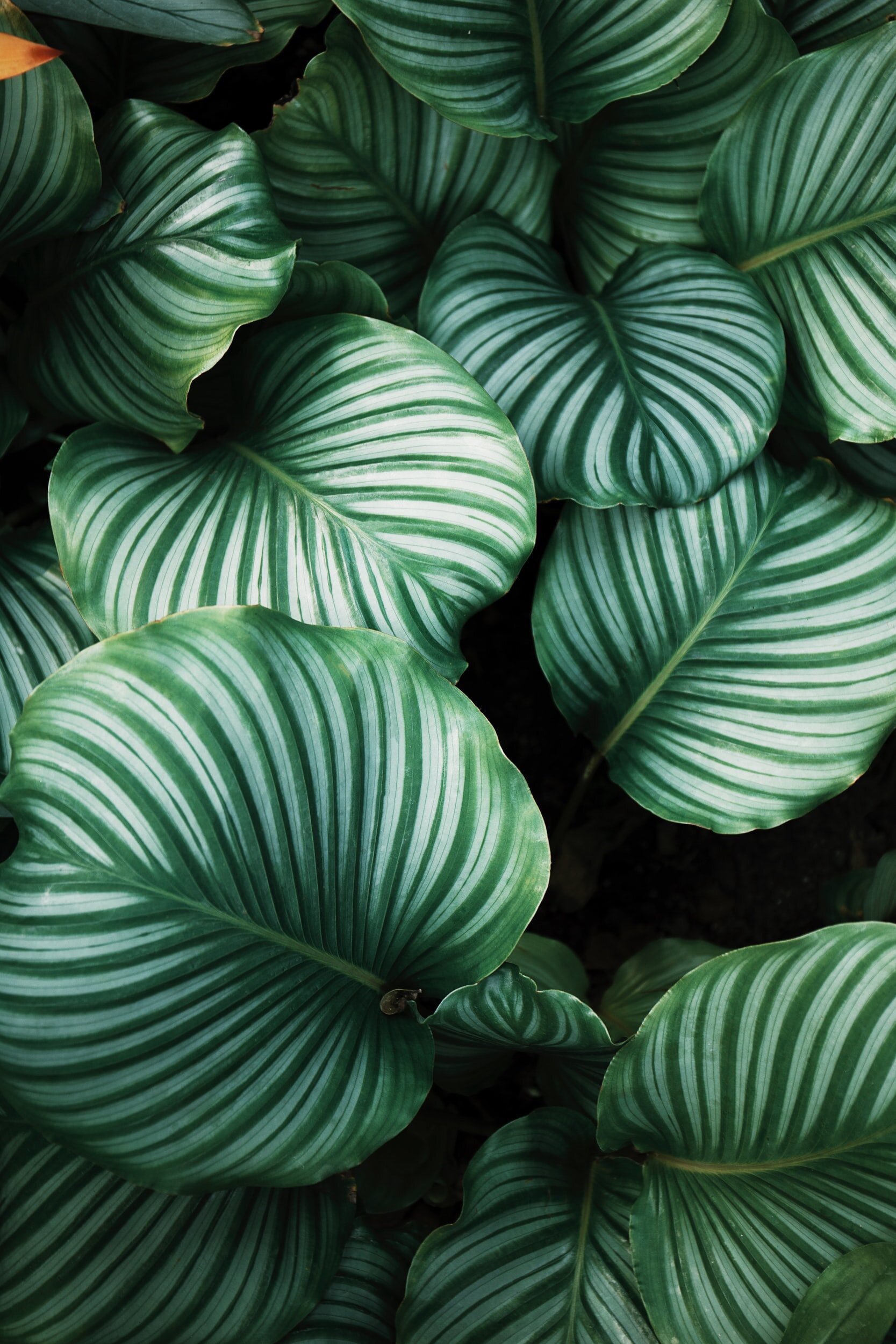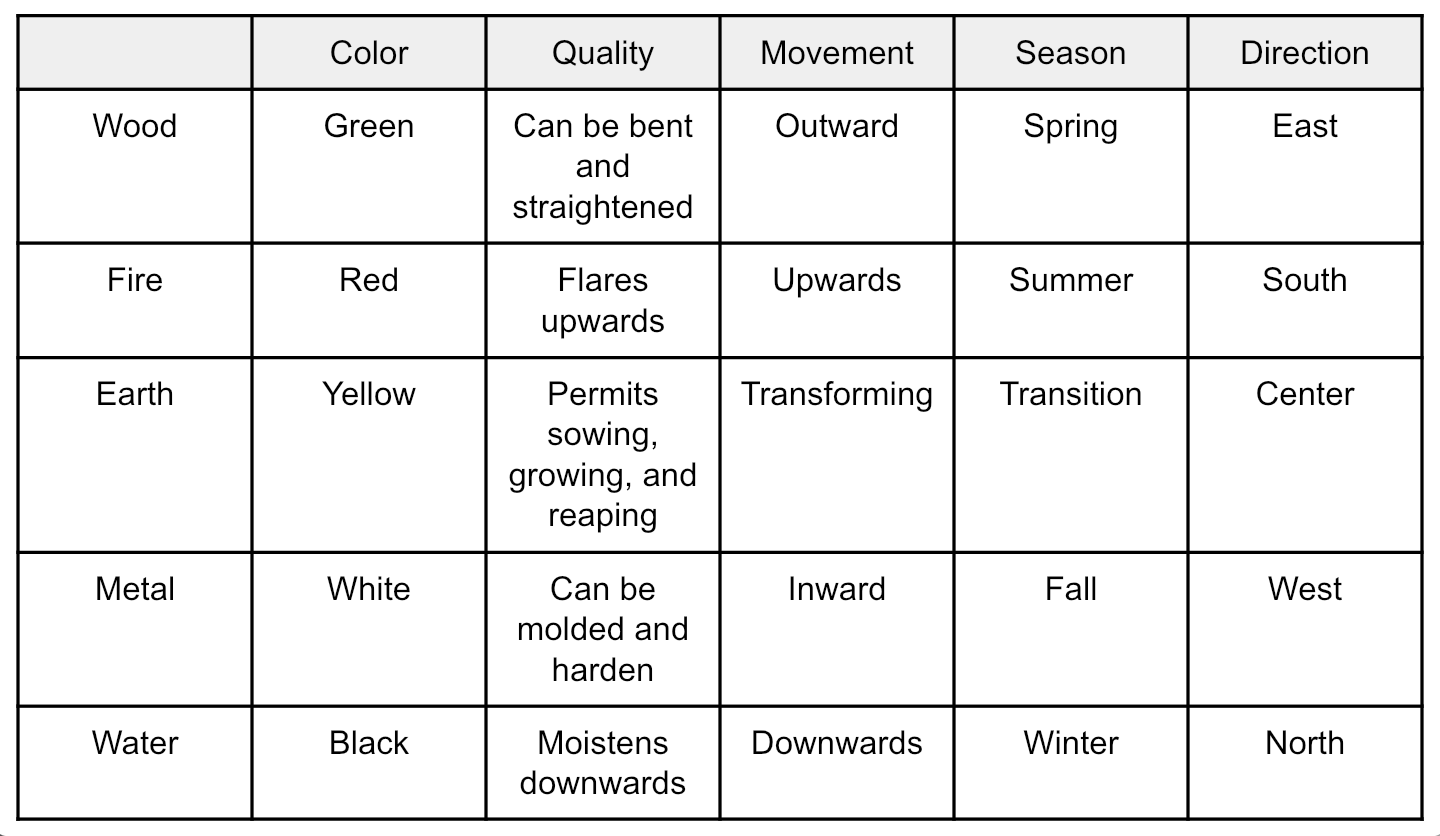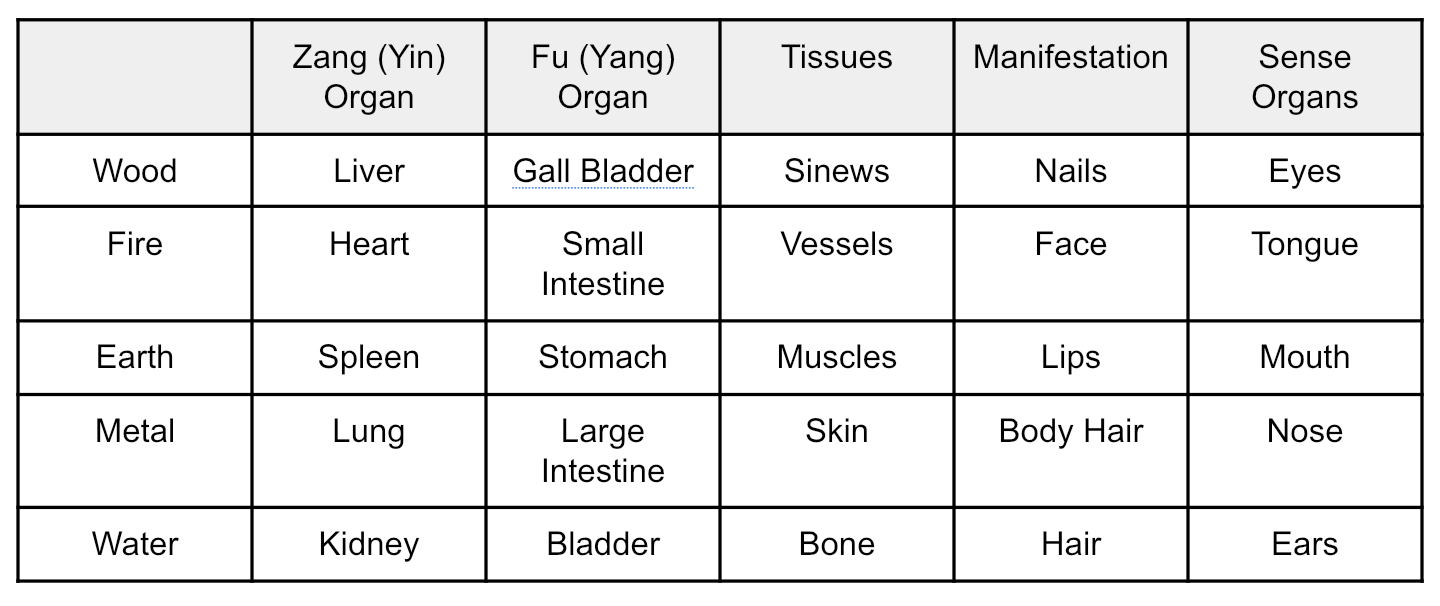
BLOG
Vital Substances: Mind
The Mind has various functions for consciousness, senses, thinking, memory, and…
Mind and Body
Mind and body are different manifestations of Qi
When Qi condenses, it becomes more materialized substance, such as our body
When Qi disperses, the substance becomes more rarefied and non-material, like our Mind
Foundation for Mind
Qi and Essence are material foundation for the Mind
Blood is the material foundation for the Mind as well
The Mind relies on both the Pre-Heaven, the Spleen and Stomach, and the Post-Heaven, the Kidneys
The Heart and Mind
The Heart governs the Mind
The Heart is the residence of the Mind
Functions of Mind
The Mind has various functions for consciousness, senses, thinking, memory, and so on
The Heart is the “Monarch of the 5 Yin organs and 6 Yang organs,” thus all senses rely on the Heart
7 emotions, joy, anger, worry, pensiveness, sadness, fear, and fright, all affect the Heart
So that closes our TCM Theory series. We have covered core theories of TCM, including the theory of Qi, Yin-Yang, 5 Elements, and all of the 5 Vital Substances. Feel free to go back and review what we have learned up until this point as these theories are the basic foundations of TCM. Next, we will begin our TCM Anatomy series.
If you have any feedback or questions about the material covered, please don’t hesitate to contact at junhwa@tcmexplained.com. Until next time.
* The content is provided only for education purposes and is not intended to be a substitute for professional medical advice, diagnosis, or treatment.
References
1. Cheng, Xinnong, ed. Chinese Acupuncture and Moxibustion. 3rd ed. Fifteenth Printing 2014. Beijing: Foreign Languages Press, 2012.
2. Kaptchuk, Ted J. The Web That Has No Weaver: Understanding Chinese Medicine. 2nd ed. New York: McGraw-Hill, 2000.
3. Maciocia, Giovanni. The Foundations of Chinese Medicine: A Comprehensive Text for Acupuncturists and Herbalists. 3rd ed. Philadelphia: Elsevier Churchill Livingstone, 2015.
Vital Substances: Body Fluids
Body Fluids are formed from food and drinks, like Qi and Blood. Once food and drinks are received by the Stomach…
Production of Body Fluids
Body Fluids are formed from food and drinks, like Qi and Blood
Food and drinks are received by the Stomach
The Spleen transforms and separates “clean” fluids from “dirty” fluids
The Spleen sends the “clean” fluids up to the Lungs; the Stomach sends the “dirty” fluids down to the Small Intestine
The Lungs disperse and diffuse them to the skin, body hair, and the space between skin and muscles
The Lungs also direct fluids down to the Kidneys and Urinary Bladder
In turn, Yang Qi of the Kidneys warms and evaporates those fluids to moisten the Lungs
The Small Intestine separates “pure” and “impure” fluids; “pure” fluids then go down to the Urinary Bladder and “impure” fluids go down to the Large Intestine, where some of the fluids are reabsorbed and some are excreted in the stool
The Urinary Bladder further transforms and separates “pure” and “impure”; “pure” fluids go up to the exterior of the body as sweat and “impure” fluids are excreted as urine
Production of Body Fluids involves the Spleen, Stomach, Small Intestine, Large Intestine, and so on; the major ones are the Spleen and Stomach, the “Root of Post-Heaven”
The Stomach is known as the “Origin of Fluids”
Transformation and separation by these organs rely on Yang Qi of the Kidneys
The Kidneys are known as the “Gate of the Stomach,” because the warmth of Kidneys Yang Qi is crucial for the transforming function of the “Stomach”
Distribution of Body Fluids
Distribution of Body Fluids involves the Spleen, Lungs, Kidneys, Liver, and Triple Burner; the main ones to remember are the Spleen, Lungs, and Kidneys
The Spleen Qi ascends fluids up to the Lungs; the Stomach Qi descends fluids down to the Small Intestine
The Lungs disperse and diffuse the “clean” fluids from the Spleen to the exterior of the body; the Lungs also descend the fluids downwards to the Kidneys and Urinary Bladder
The Lungs are known as the “Upper Source of Water”
The Lungs are said to regulate the “Water Passages”
The Kidneys help the Qi transformation of fluids
Yang Qi of the Kidneys warms and evaporates fluids and send back to the Lungs to moisten them
The Kidneys also send fluids downwards; the Kidneys are said to control the two lower orifices, which refer to the urethra and anus, where urine and stool exit
The Kidneys are known as the “Lower Source of Water”
The Triple Burner is also known as the “Passage of water and food”
The Upper Burner is compared to a “fog” or “mist”
The Middle Burner is compared to a “froth of bubbles” or “maceration chamber”
The Lower Burner is compared to a “drainage ditch” or “swamp”
Functions of body Fluids
Body Fluids in Chinese is “Jin Ye.”
“Jin” is fluids that belong to Yang
Jin fluids are clear, light, and watery fluids that move fast; they are under the control of the Lungs
Jin fluids circulate with the Defensive Qi outside of Vessels on the exterior of the body; their function is to moisten skin and muscles
“Ye” is fluids that belong to Yin
Ye fluids are turbid, heavy, and dense fluids that move slow; they are under the control of the Spleen and Kidneys
Ye fluids circulate with the Nutritive Qi inside of Vessels in the interior of the body; their function is to nourish the joints, spine, brain, bone marrow, and orifices
Next post will be on Mind, the last of the 5 Vital Substances. If you have any feedback or questions about the material covered, please don’t hesitate to contact at junhwa@tcmexplained.com. Below is a summary table of the relationships among Qi, Blood, and Body Fluids :) Until next time.
* The content of video is provided only for education purposes and is not intended to be a substitute for professional medical advice, diagnosis, or treatment.
References
1. Cheng, Xinnong, ed. Chinese Acupuncture and Moxibustion. 3rd ed. Fifteenth Printing 2014. Beijing: Foreign Languages Press, 2012.
2. Kaptchuk, Ted J. The Web That Has No Weaver: Understanding Chinese Medicine. 2nd ed. New York: McGraw-Hill, 2000.
3. Maciocia, Giovanni. The Foundations of Chinese Medicine: A Comprehensive Text for Acupuncturists and Herbalists. 3rd ed. Philadelphia: Elsevier Churchill Livingstone, 2015.
Vital Substances: Blood
Last time, we learned about Qi. Now, we are going to learn about Blood. First, let’s talk about…
Formation of Blood
The main source of Qi and Blood is the Spleen and Stomach
The Stomach digests food and the Spleen transforms that into Food Qi
Food Qi is sent to the Lungs, then to the Heart, where it is transformed into Blood with the help of Original Qi
“If Qi is not exhausted, it returns essences to the Kidneys to be transformed into Essence; if the Essence is not depleted, it returns Essence to the Liver to be transformed into Blood”
Kidney Essence produces Marrow; Marrow is one of Extra Fu organs that contributes to making Blood
Original Qi from Kidney contributes to the transformation of Food Qi into Blood in the Heart
The production of Blood involves not only Post-Heaven, the Spleen and Stomach, but also Pre-Heaven, the Kidneys
Within the Blood Vessel, there is Nutritive Qi that secretes Body Fluids, which can be transformed into Blood
Inside the Blood Vessels, Body Fluids transform into Blood, and outside of the Blood Vessels, Blood transforms into Body Fluids
Blood can be made from Qi, Essence, Marrow, and Body Fluids
Production of Blood involves the Stomach, Spleen, Lungs, Heart, Kidneys, and Liver
Circulation of Blood
Circulation of Blood involves the Heart, Lungs, Spleen, and Liver
The Heart “governs Blood and Vessel”
The Lungs not only “control channels and Blood Vessels,” but also “govern Qi
“Qi moves, Blood follows; Qi stagnates, Blood congeals”
Qi is the “commander of Blood,” and Qi is the force behind the circulation of Blood
The Spleen “controls Blood”
The Spleen keeps Blood circulating within the Blood Vessels and prevents it from leaking out
The Liver “stores Blood” and “maintains the free flow of Qi”
The Liver regulates Blood volume
The Liver is closely related to Ren and Chong channels, and uterus
The Heart, Lungs, and Liver are involved with the “transporting” functions of Qi
The Spleen and Liver are involved with the “holding” functions of Qi
Functions of Blood
Blood is Yin so it nurtures
Blood nourishes and moistens Qi
“Qi is the commander of Blood and Blood is the mother of Qi”
Blood nourishes and replenishes Essence
Blood nourishes various tissues and organs
Blood is the material foundation for Qi and Mind
Next, we are going to learn about the fourth Vital Substance, Body Fluids. If you have any feedback or questions about the material covered, please don’t hesitate to contact at junhwa@tcmexplained.com. Until next time.
* The content is provided only for education purposes and is not intended to be a substitute for professional medical advice, diagnosis, or treatment.
References
1. Cheng, Xinnong, ed. Chinese Acupuncture and Moxibustion. 3rd ed. Fifteenth Printing 2014. Beijing: Foreign Languages Press, 2012.
2. Kaptchuk, Ted J. The Web That Has No Weaver: Understanding Chinese Medicine. 2nd ed. New York: McGraw-Hill, 2000.
3. Maciocia, Giovanni. The Foundations of Chinese Medicine: A Comprehensive Text for Acupuncturists and Herbalists. 3rd ed. Philadelphia: Elsevier Churchill Livingstone, 2015.
Vital Substances: Qi
In the past few posts, we kind of talked about Qi here and there. So I hope we are feeling pretty comfortable with it by now…
6 Functions of Qi
Holding
Qi can hold the Blood and Body Fluids in the right place
LU Qi holds the sweat
SP Qi holds the Blood within the vessel
KD/UB Qi hold urine within the bladder
Transporting
Qi transports Blood and Body Fluids around our body
Qi can ascend, descend, exit, and enter in different tissues and organs in our body
Ascending and exiting are Yang, and descending and entering areYin
Raising
As Qi is Yang in nature, Qi is inclined to its raising function
Qi can raise the Blood and Body Fluids, and even organs to the right place
Protecting
Qi can ascend and exit, in other words, it can go up and outward to protect the body
Defensive Qi irrigates the space between the skin and muscles, and it pushes out any exterior pathogens that invade that space to get deeper into our body
Warming
Qi is Yang in nature, so Qi is able to warm
Transforming
When there is warmth, transformation can take place
SP Qi transforms food into Food Qi
HT Qi transforms Food Qi into Blood
KD/UB Qi transforms fluids into urine
Essence can transform into Qi and Qi itself can transform into Mind
Movements of Qi
4 movements of Qi: ascend, descend, exit, and enter
Theory of 5 Elements: Liver Qi expands, meaning it ascends and exits, Heart Qi flares upwards, Lung Qi contracts, meaning it descends and enters, and Kidney Qi moistens downwards
Triple Burner:
Heart Fire in the Upper Burner descends to the Lower Burner to warm the Kidney Water, and Kidney Water in the Lower Burner ascends to the Upper Burner to cool the Heart Fire
As Spleen Qi in the Middle Burner ascends, Liver Qi ascends from the Lower Burner on the left; as Stomach Qi in the Middle Burner descends, Lung Qi descends from the Upper Burner on the right
Production of Different Types of Qi
Qi of the Stomach and Spleen together are called, “Central Qi” or “Zhong Qi”
The Stomach Qi “rots and ripens” the food, then the Spleen Qi transforms that into “Food Qi” or “Gu Qi”
Food Qi rises to the chest, enters the Lung, combines with the air, “Qing Qi,” and becomes “Gathering Qi” or “Zong Qi”
With the help of “Original Qi” or “Yuan Qi,” Gathering Qi transforms into “True Qi” or “Zhen Qi” in the Lung
True Qi has two forms: “Nutritive Qi” or “Ying Qi,” and “Defensive Qi” or “Wei Qi”
Nutritive Qi flows within the Blood Vessels; nourishes the organs
Defensive Qi flows outside the Blood Vessels; protects the exterior of the body and regulates the temperature of the body by controlling the sweat pores
Food Qi also rises to the chest, goes to the Lung and then enters the Heart, where it is transformed into the Blood with the help of an agent called “Original Qi” or “Yuan Qi”
Original Qi
It facilitates the transformation of Gathering Qi into True Qi in the Lung
It facilitates the transformation of Food Qi into the Blood in the Heart
It is known as the motive force for transformation in physiological activities
It originates in between the two Kidneys, related with the Essence and the Fire of the Gate of Life
From the Kidney, it spreads to the entire body and organs through the Triple Burner
It emerges at the Source points of each acupuncture channels
Next, we are going to learn about the third Vital Substance, Blood. If you have any feedback or questions about the material covered, please don’t hesitate to contact at junhwa@tcmexplained.com. Until next time.
* The content is provided only for education purposes and is not intended to be a substitute for professional medical advice, diagnosis, or treatment.
References
1. Cheng, Xinnong, ed. Chinese Acupuncture and Moxibustion. 3rd ed. Fifteenth Printing 2014. Beijing: Foreign Languages Press, 2012.
2. Kaptchuk, Ted J. The Web That Has No Weaver: Understanding Chinese Medicine. 2nd ed. New York: McGraw-Hill, 2000.
3. Maciocia, Giovanni. The Foundations of Chinese Medicine: A Comprehensive Text for Acupuncturists and Herbalists. 3rd ed. Philadelphia: Elsevier Churchill Livingstone, 2015.
Vital Substances: Essence
Essence is the most precious substance in our body. It has the connotation of something refined from a coarse substance, which…
Vital Substances: Essence
“Vital Substances” are different manifestations of Qi
Essence is one of Vital Substances
Essence is the most precious substance in our body
Essence is fluid-like Yin substance that transforms slowly over a long time
Pre-Heaven Essence
Given from our parents, it determines our constitution and vitality
Yang aspect of Pre-Heaven Essence is called the Fire of the Gate of Life or Minister Fire; it accumulates at the acupuncture point Du-4
Yin aspect of Pre-Heaven Essence accumulates at the acupuncture point RN-4
Yang Fire of the Gate of Life which provides the motive force and warmth for Yin Essence
Yin Essence which provides the substance for transformation of Qi
Kidney is known as the “Root of the Pre-Heaven Essence.”
The Fire of Gate of Life is also known as the “Root of the Pre-Heaven Qi” and the “foundation for the Original Qi”
Post-Heaven Essence
Spleen and Stomach are responsible for extracting nutrition from food and drinks, and forming essence called Post-Heaven Essence
Spleen and Stomach are known as the “Root of the Post-Heaven Essence”
Kidney Essence
Kidney Essence is the combination of Pre-Heaven Essence and Post-Heaven Essence
Kidney Essence is the organic substances that are in charge of growth and development
In childhood: controls growth of bones, teeth, hair, brain, and sexual maturation
After puberty: controls the reproductive function and fertility
As Kidney Essence declines: aging, loss of teeth and hair, menopause, infertility, and impairment of cognitive functions
3 Treasures
3 Treasures refer to Essence, Qi, and Mind
Kidney (Essence), Spleen/Stomach (Qi), Heart (Mind)
Essence is a material foundation for Qi and Mind
Qi is a material foundation for Mind
Essence and Qi are important for healthy mental state
Essence also produces Marrow, which fills and nourishes the spinal cord and brain
Next, we are going to learn about the second Vital Substance, Qi. If you have any feedback or questions about the material covered, please don’t hesitate to contact at junhwa@tcmexplained.com. Until next time.
* The content is provided only for education purposes and is not intended to be a substitute for professional medical advice, diagnosis, or treatment.
References
1. Cheng, Xinnong, ed. Chinese Acupuncture and Moxibustion. 3rd ed. Fifteenth Printing 2014. Beijing: Foreign Languages Press, 2012.
2. Kaptchuk, Ted J. The Web That Has No Weaver: Understanding Chinese Medicine. 2nd ed. New York: McGraw-Hill, 2000.
3. Maciocia, Giovanni. The Foundations of Chinese Medicine: A Comprehensive Text for Acupuncturists and Herbalists. 3rd ed. Philadelphia: Elsevier Churchill Livingstone, 2015.
TCM Theory: 5 Elements
The 5 Elements is about grouping things into 5 categories and understanding their relationships. These 5 groups are the 5 elements that are commonly found…
Theory of 5 Elements
5 Elements is about grouping things into 5 categories and understanding their relationships
These 5 groups are commonly found in nature: Wood, Fire, Earth, Metal, and Water
Wood: green, “can be bent and straightened,” expansion, Spring, beginning of the activity, LV/GB
Fire: red, “flares upwards,” Summer, peak of the activity, HT/SI
Earth: yellow, “permits sowing, growing, and reaping,” neutrality, stability, transition between seasons, transformation, SP/ST
Metal: white, “can be molded and can harden,” contraction, Fall, beginning of the recess, LU/LI
Water: black, “moistens downwards,” Winter, peak of the recess, KD/UB
There is a direct communication between Fire and Water, and Earth is in between acting as a pivot; Earth turning the axis of Fire and Water has effects on Wood and Metal.
Sequences of 5 Elements
2 physiological sequences: “Generating sequence,” “Controlling sequence”
3 pathological sequences: “Abnormal Generating sequence,” “Over-acting sequence,” “Insulting sequence”
Next, we are going to learn about 5 Vital Substances, starting from Essence. If you have any feedback or questions about the material covered, please don’t hesitate to contact at junhwa@txmexplained.com. Below are more examples of 5 Elements ;) Until next time.
* The content is provided only for education purposes and is not intended to be a substitute for professional medical advice, diagnosis, or treatment.
References
1. Cheng, Xinnong, ed. Chinese Acupuncture and Moxibustion. 3rd ed. Fifteenth Printing 2014. Beijing: Foreign Languages Press, 2012.
2. Kaptchuk, Ted J. The Web That Has No Weaver: Understanding Chinese Medicine. 2nd ed. New York: McGraw-Hill, 2000.
3. Maciocia, Giovanni. The Foundations of Chinese Medicine: A Comprehensive Text for Acupuncturists and Herbalists. 3rd ed. Philadelphia: Elsevier Churchill Livingstone, 2015.
TCM Theory: Yin and Yang
The theory of Yin-Yang is an analytical thinking tool that views the world through a lens of Yin and Yang. It sees nature and differentiates two pairs that are natural complements but opposites in character, like …
4 Aspects of Yin-Yang
Opposition: everything has two aspects that oppose
Interdependence: one cannot exist without its pair
Mutual consumption: Yin and Yang consume each other (quantitative change)
Intertransformation: Yin and Yang turns into each other (qualitative change)
(*Infinite divisibility: Yin and Yang can be further divided into Yin and Yang)
Pathological Changes in Body
Excess Cold (excess Yin): preponderance of Yin injures Yang
Excess Heat (excess Yang): preponderance of Yang injures Yin
Deficiency Cold (deficiency Yang): weakness of Yang leads to preponderance of Yin
Deficiency Heat (deficiency Yin): weakness of Yin leads to preponderance of Yang
(*Good health is achieved when there is a balance of Yin and Yang)
We can say that the nature of the Yin-Yang theory is binary and relative. Next, we are going to talk about the theory of the 5 elements, which is more about categorization and association. If you have any feedback or questions about the material covered, please don’t hesitate to contact at junhwa@tcmexplained.com.
Below are more examples of Yin and Yang ;) Until next time.
* The content is provided only for education purposes and is not intended to be a substitute for professional medical advice, diagnosis, or treatment.
References
1. Cheng, Xinnong, ed. Chinese Acupuncture and Moxibustion. 3rd ed. Fifteenth Printing 2014. Beijing: Foreign Languages Press, 2012.
2. Kaptchuk, Ted J. The Web That Has No Weaver: Understanding Chinese Medicine. 2nd ed. New York: McGraw-Hill, 2000.
3. Maciocia, Giovanni. The Foundations of Chinese Medicine: A Comprehensive Text for Acupuncturists and Herbalists. 3rd ed. Philadelphia: Elsevier Churchill Livingstone, 2015.
TCM Theory: Qi
In this TCM Theory series, we are going to learn about fundamental TCM theories of Yin-Yang, 5 Elements, and Vital Substances. First, I want to give a brief introduction to something called Qi, because…
Theory of Qi
Qi can be understood as “life force” or “energy”
Qi can also be matter
When the Qi disperses, it becomes rarefied energy; when the Qi aggregates, it becomes materialized substance
The energy and matter are in continuum and they are in constant dispersion and aggregation
Examples of Qi
Qi of the Heaven and Earth are in constant exchange and we are all part of that transformation; we are just one Qi in different forms.
Vital Substances are different manifestations of Qi with different forms and physiological functions; Vital Substances refer to Essence, Qi, Blood, Body Fluids, and Mind
Next, we are going to talk about the theory of Yin-Yang. If you have any feedback or questions about the material covered, please don’t hesitate to contact at junhwa@tcmexplained.com. Until next time.
* The content is provided only for education purposes and is not intended to be a substitute for professional medical advice, diagnosis, or treatment.
References
1. Cheng, Xinnong, ed. Chinese Acupuncture and Moxibustion. 3rd ed. Fifteenth Printing 2014. Beijing: Foreign Languages Press, 2012.
2. Kaptchuk, Ted J. The Web That Has No Weaver: Understanding Chinese Medicine. 2nd ed. New York: McGraw-Hill, 2000.
3. Maciocia, Giovanni. The Foundations of Chinese Medicine: A Comprehensive Text for Acupuncturists and Herbalists. 3rd ed. Philadelphia: Elsevier Churchill Livingstone, 2015.
Welcome to TCMexplained Blog
This is our very first blog post and this is so exciting that you are here because we have so much good stuff that will help you learn TCM. Most likely, you are here…
Hello! Welcome to TCMexplained Blog
This is our very first blog post and this is so exciting that you are here because we have so much good stuff that will help you learn TCM. Most likely, you are here after watching our video series on TCMexplained YouTube channel. I hope you enjoyed watching our video because more videos are coming!
Starting from TCM foundation theories, we will cover various topics, including TCM anatomy, physiology, diagnosis, herbs, formulas, and many more. If you haven’t yet, please subscribe to our YouTube channel and turn on the notification. In that way, you won’t miss any new video.
Also, if you follow us on this blog, you will have access to every video’s summary notes or additional contents in outline/table format. We hope our videos and blog posts together can be an effective educational tool you can use in your learning of TCM.
If you have any feedback or questions about the material covered in video/blog, I want to hear from you! Please don’t hesitate to contact at junhwa@tcmexplained.com. I will get back to you soon. Keep in touch!
Junhwa












![2. [TCM Theory] Yin and Yang (NOTE) 1.png](https://images.squarespace-cdn.com/content/v1/5d38de49ed7f66000197547d/1580604786397-PDNM14OQ344Q0SEIHDH7/2.+%5BTCM+Theory%5D++Yin+and+Yang+%28NOTE%29+1.png)


